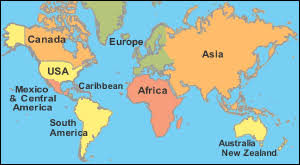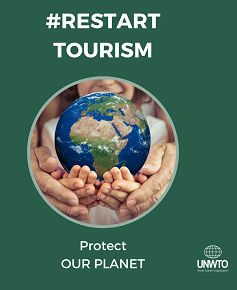International visitor in Asia – Pacific region to reach 657 million by 2020

TBN Desk —
Bangkok: International visitor demand into the Asia Pacific region is forecast to grow at an average rate of 4.6 percent each year to reach in excess of 657 million by 2020. This is the top line prediction contained within the Executive Summary Report of the PATA Asia Pacific Visitor Forecasts 2016-2020 released today.
Covering 38 key destinations within the Asia Pacific region, these annual PATA forecasts are well regarded for their overall accuracy and reliability in terms of highlighting shifts and trends in international visitor demand for travel in and across the region.
According to Mario Hardy, Chief Executive Officer of the Pacific Asia Travel Association (PATA), “Actual foreign arrival numbers into Asia Pacific at the aggregate level have been within two percent of predictions made in the last few PATA forecasts, so we know that the numbers are realistic, reliable and valid.
“In addition, this last series of predictions again highlights the rapidly approaching need for aggressive and appropriate visitor management processes to be installed and operational before we literally destroy our destinations with our love and desire to interact with them.”
Asia will continue to increase its relative dominance of foreign arrivals into the Asia Pacific region through to 2020, increasing its relative share of these arrivals from 72 percent in 2015 to better than 73 percent by 2020. This, at a time when the absolute volume of arrivals into Asia Pacific generally is predicted to rise from 528 million to 647 million over the same period.
Southeast Asia will continue with its dramatic rise in foreign arrivals, improving its relative share from just under 20 percent in 2015 to around 22.5 percent by 2020, when it will rival the share of the Americas at that time (22.6%).
Asia will also continue to generate more international arrivals into Asia Pacific, increasing its count from 355 million visitors in 2015 to around 448 million by the end of this decade. That will see the Asian component of arrivals into Asia Pacific – as defined in this summary report – increase from 66 percent (2015) to over 68 percent by 2020.
However, it is Northeast Asia that remains the workhorse for Asia Pacific, generating an expected 333 million international arrivals into the region in 2020 – more than half of the total foreign inbound volume expected in that year.
Intra-regional flows will continue to remain strong for most of the Asia Pacific regions, but across the region, the influence of the Asian source market is undeniable and will only grow stronger, at least in the majority of cases.
The Americas and Europe will continue to play important roles in Asia Pacific travel and tourism, not just in the volume of arrivals they each generate but also in terms of additional metrics that they bring to the sector – more for some destinations than others, but still significant none the less.
The Americas itself is expected to generate around 113 million arrivals into the Asia Pacific region in 2020 driven largely by North America which will contribute close to two-thirds of that volume in its own right.
The 47 million arrivals from Europe expected in 2020 will come from firstly West Europe (19.5 million) but also by North Europe (14.7 million) – together, these two origin sub-regions will generate close to two-thirds of the total arrivals from Europe by the end of the forecast period (2020).
Source : PATA / April 21,2016















